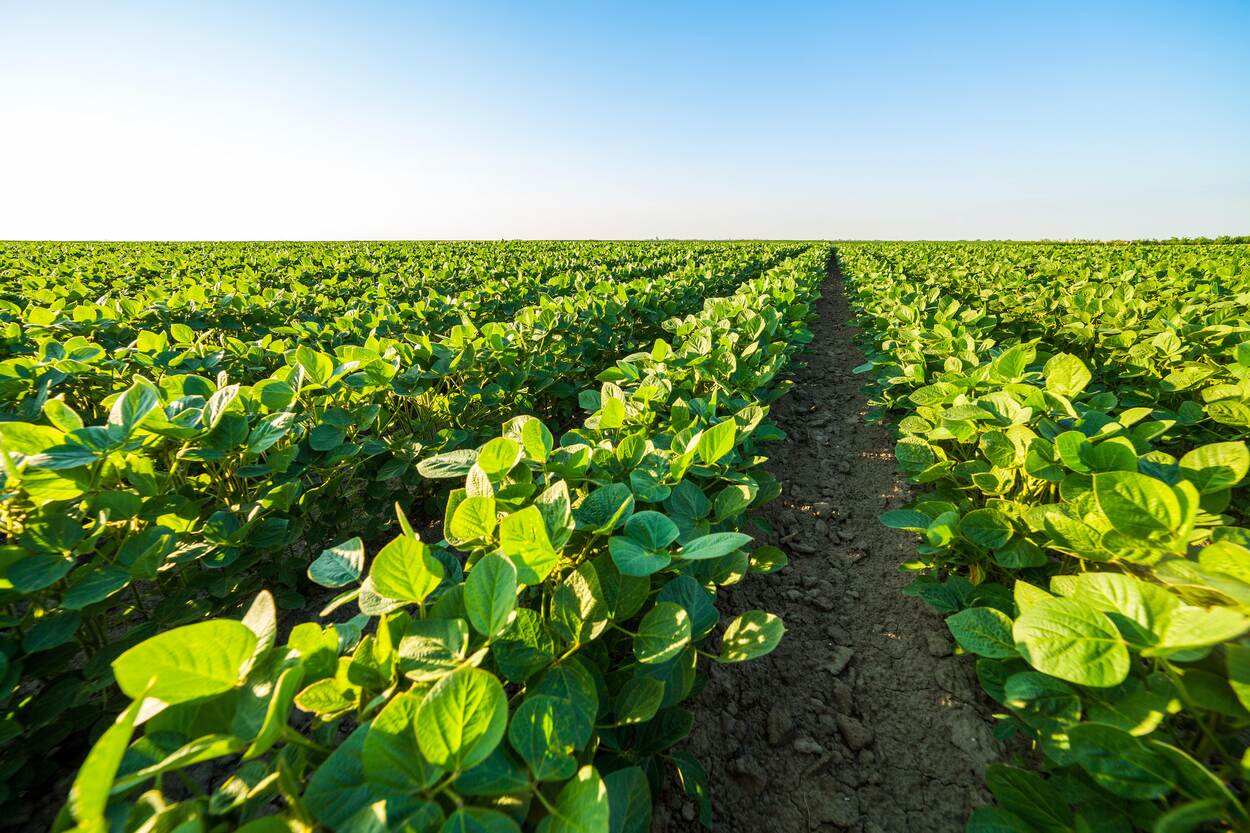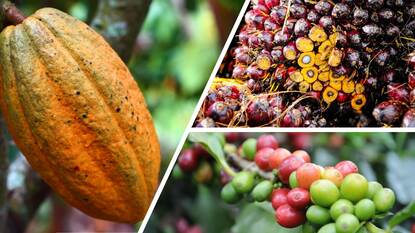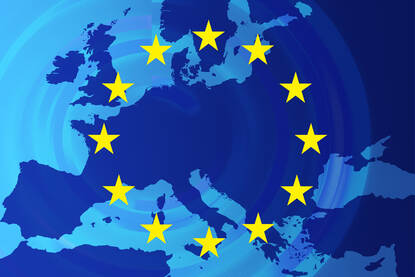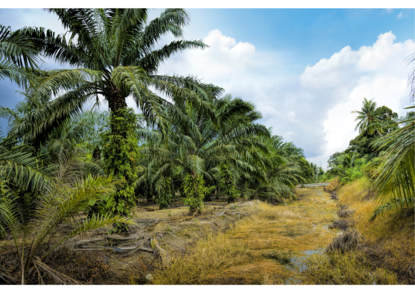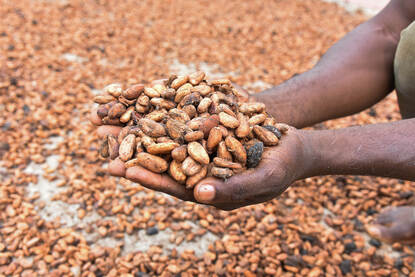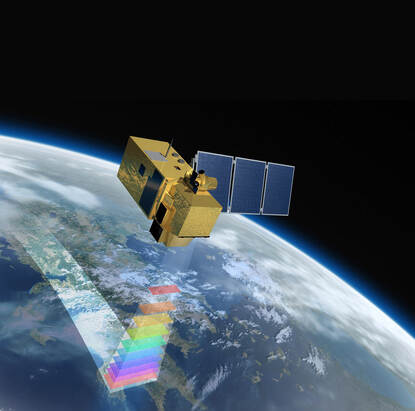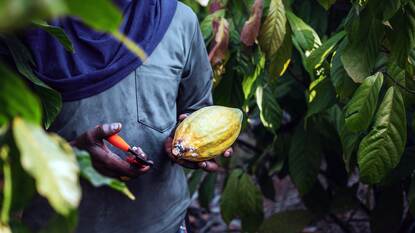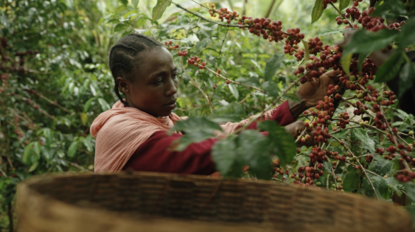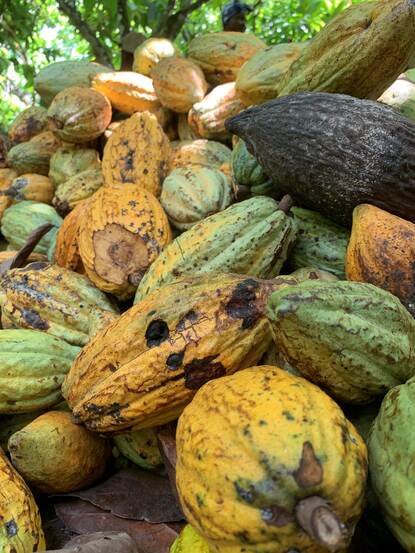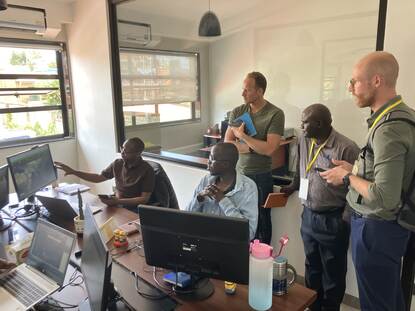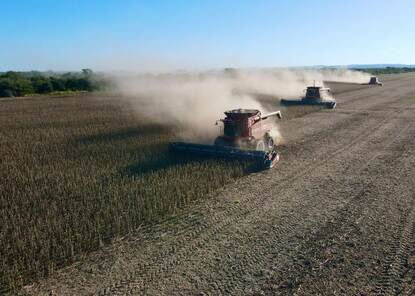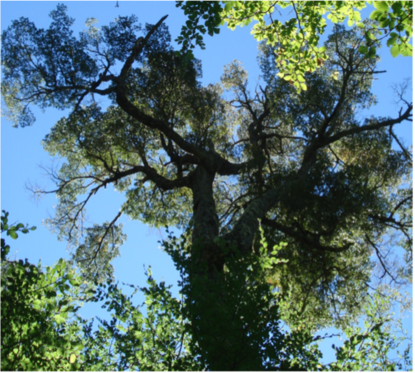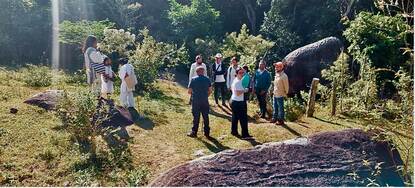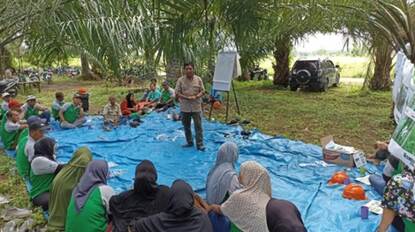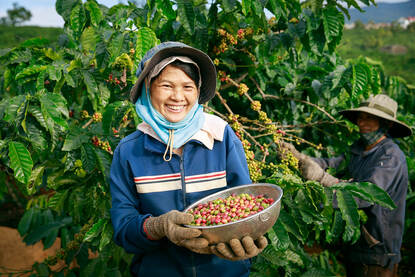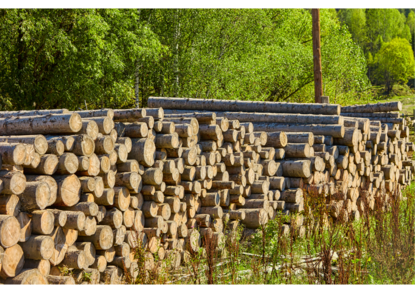Foto Soybean field in Vojvodina, Serbia. Source: Donau Soja Organisation
Serbia is a significant soybean producer in the European Union’s (EU) backyard. Around 70-80% of the total annual production is exported to the EU with an export value of over 100 million euros. To ensure that trade flows continue after the European Union’s Deforestation Regulation (EUDR) takes full effect and that smallholders can comply with the EUDR, quite some work needs to be done. Together with its partners in the region, the agricultural team of the Dutch embassy in Serbia is working hard to ensure that no one is left behind in the EU’s transition towards a sustainable production deforestation-free soy.
Nestled in the heart of the Western Balkans and right on the EU’s doorstep, Serbia has a long tradition in agriculture and food production. The country makes up for more than half of the regional output of wheat, corn, barley, sugar beet and soybeans. Particularly the latter has become a crop of choice for many farmers as public interest in plant-based proteins has been on the rise, resulting in increased demand and prices for soy. As a result, soy production has become more profitable over the years.
The land area dedicated to soybean cultivation in Serbia almost doubled in the last ten years, from 131,000 hectares in 2005 to 237,000 in 2021. Even though yields remain highly dependent on weather conditions, they have gradually increased as well, with Serbia averaging around 500,000 – 600,000 tons of soy production on an annual basis, making Serbia the 4th largest soybean producer in Europe after Russia, Ukraine, and Italy, respectively.
Table 1. Harvest figures of the most important arable crops in the past 3 years in Serbia
| Wheat | Corn | Soya | |||||||
| Harvested area (ha) | Total yield (t) | Yield (t/ha) | Harvested area (ha) | Total yield (t) | Yield (t/ha) | Harvested area (ha) | Total yield (t) | Yield (t/ha) | |
| 2021 | 598.735 | 3.442.308 | 5.7 | 1.020.337 | 6.027.131 | 5.9 | 237.036 | 540.205 | 2.3 |
| 2022 | 631.086 | 3.109.827 | 4.9 | 952.216 | 4.283.293 | 4.5 | 235.275 | 398.556 | 1.7 |
| 2023 | 682.246 | 3.448.700 | 5.1 | 922.980 | 6.630.984 | 7.2 | 211.020 | 599.878 | 2.8 |
Riding the plant-based protein wave
Whilst there is a substantial local market for soy in Serbia, around 70-80% of the total annual production is exported to the EU with an export value of over 100 million euros. The Netherlands is one of the country’s prime export markets. This large dependence on exports to the EU is partially because Serbian producers can get a higher price for their product on the EU market as Serbia has prohibited the import, production, or commercial growing of genetically modified crops on its territory, effectively rendering all Serbian-produced soy GMO-free (GMO stands for genetically modified organism).
But Serbia is not just banking on the export of agricultural commodities. Its food processing capacity is gradually expanding to add further value to primary produce such as soybeans. This makes Serbia one of the leaders in producing different soy products for human consumption, especially used in plant-based foods.
Counting on the EU’s increasing demand for plant-based protein in food, Nestlé Serbia recently opened a second facility to primarily produce plant-based meals including soy. This will boost their food production capacity by 12,000 tons per year. Furthermore, agricultural origination and processing company ADM, opened a new extrusion facility last year that is set up to produce non-GMO soy proteins.
‘In Serbia, the recent increase of area used for soy production has not come at the cost of the country’s forests’
Compliance is key
In Serbia, the recent increase of area used for soy production has not come at the cost of the country’s forests. According to the Serbian Forestry Directorate, the forest cover in the country has increased from 29.1% in 2006 to 40% in 2023. This was done by addressing the real drivers of forest loss and degradation, such as improper use and management of forests and a lack of a policy and strategic framework, based on the 2006 Forestry Development Strategy and by cooperating with international partners such as the UN’s Food and Agricultural Organization (FAO) and the Global Environmental Facility (GEF).
Regardless, Serbian soybean producers, processors and exporters, will feel the consequences of the EUDR, albeit indirectly, as they will need to enable those who place soybeans or products containing soy on the EU market to comply with their obligations under the EUDR. This will effectively require producers to establish a system of full traceability to the plots (geolocation data). Moreover, since operators placing soy on the EU market need to verify that the soy is produced in compliance with national legislation (as is required by the EUDR), the Serbian Government also needs to take preparatory measures. To that end, the Serbian Ministry of Agriculture is forming an intra-ministerial working group to prepare a document vouching that production is in line with national legislation.
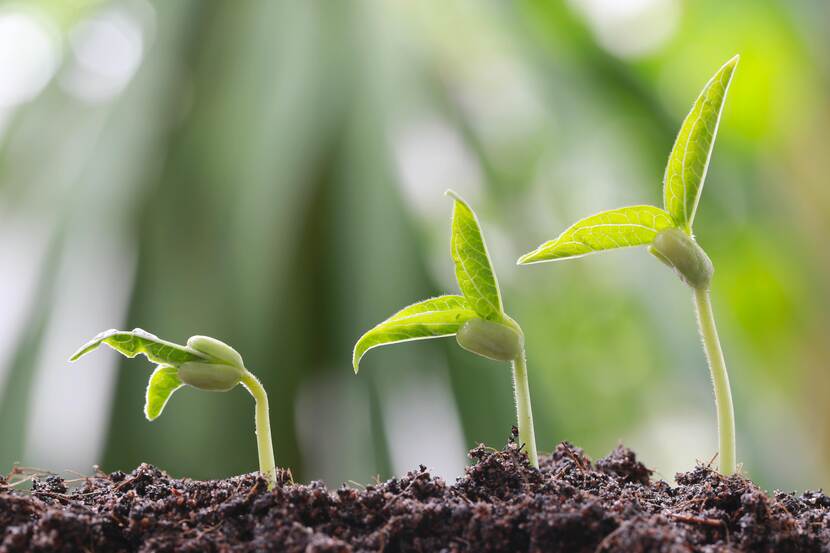
Keeping trade flows open
Major Serbian crushers and soy exporters are already taking the necessary measures to keep trade flows to the EU open. For instance, Belgrade-based Bankom - which is processing around 60,000 tons of soybeans annually and exporting specialized non-GMO soybean products to the EU - is very much aware that "producers will need to comply with the requirements of this regulation despite Serbia technically being a deforestation-free country”, explains Mladen Tucovic, Bankom’s global trade director. Speaking out in favor of the EUDR, he points out that the company is currently working with the Donau Soja Organisation to take “all the necessary preparations to secure the necessary verification documents.”
It is important, however, to understand that supply chains in Serbia are dependent on a great number of small-scale farmers. According to the data of the agricultural census conducted last year, there are some 27,000 individual soybean producers in Serbia with an average plot size of five hectares, many of whom still have no clue what is coming their way this year on December 30 when the EUDR starts to apply.
Raising awareness and facilitating compliance
A key stakeholder in raising awareness and developing the necessary tools to facilitate compliance with the EUDR is the Donau Soja Organisation. It promotes sustainable non-GMO soybean cultivation in Europe and cooperates with over 3,000 farmers, collectors, and cooperatives in Serbia. The organization, which is taking an active role in the European Commission’s Expert Group responsible for the implementation of the EUDR, has developed a comprehensive and effective IT-based solution for the trustful verification of deforestation-free status and geopositioning of production plots, including traceability. On top of that, it is helping companies by guiding them through the entire due diligence process.
The organization is also actively raising awareness of the implications of the EUDR in Serbia and the wider region. To that end, the organization teamed up with the LAN team at the Dutch Embassy in Serbia, and organized a very well-attended conference to highlight both the challenges and opportunities stemming from the imminent application of the EUDR in the margins of the International Agricultural Fair in Novi Sad on May 21.
‘Low deforestation risk soybeans for both food and feed play an important role in Europe’s protein transition’
There’s work to be done
With Serbia being a significant soybean producer in the EU’s backyard, it is providing the EU with significant amounts of low deforestation risk soybeans for both food and feed, thus playing an important role in Europe’s protein transition. To ensure that trade flows continue after the EUDR takes full effect and that smallholders are included – even if they cannot provide operators with the necessary information for them to comply with the EUDR – quite some work still needs to be done. Together with its partners in the region, the agricultural team of the Dutch embassy in Serbia is working hard to ensure that no one is left behind in the EU’s transition towards a sustainable, deforestation-free soy supply chain.
More information
Would you like more information on the EUDR and its impact on soy production in Serbia? Please go to the country page of Serbia on the website Agroberichtenbuitenland.nl of the Dutch Ministry of Agriculture, Nature and Food Quality. You can also send an e-mail to the agricultural team at the Dutch Embassy in Budapest: bel-lnv@minbuza.nl.
